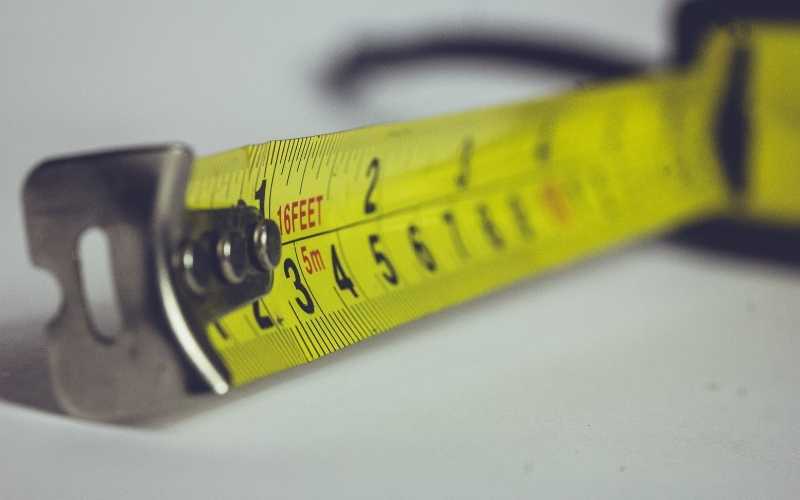What we know is that covid caused a lack of connection to learning and being able to connect with people and place.
One of the key factors that I consider a barrier to student learning is the lack of connections students can make to the local community. A factor that is highly likely to have contributed to this barrier has been covid. With lockdowns over the last two years limiting the connections to happen, I wanted to see how big an impact of Covid was on a students learning then and now. I read through Life during Lockdown - Findings from the Growing Up in New Zealand COVID-19 Wellbeing Survey and found interesting information that supported my theories.
Two key points that were evident in the survey when it came to learning from home:
“School satisfaction Students’ feelings about school and schoolwork are inextricably linked to their engagement and attention. Positive feelings towards school are key for promoting academic success and buffering against disengagement from learning “ (pg 18)
“Social connections are an essential aspect of child and youth wellbeing. Concern has been raised as to the impact of COVID-19 social restrictions for children given most were isolated from friends and family. Although shared experiences of the pandemic may have brought some households together, there was also the potential for COVID-19 restrictions to make it more difficult for children to find meaningful and supportive connection. Limited social contact has potential to reduce perceived closeness and belonging and increase loneliness and feelings of isolation (Pg 19).
When I think about how to this relates to my hypothesis, I am conscious of the fact that every child experienced Covid differently and when I come to plan my intervention, how can I be sensitive to this fact.












